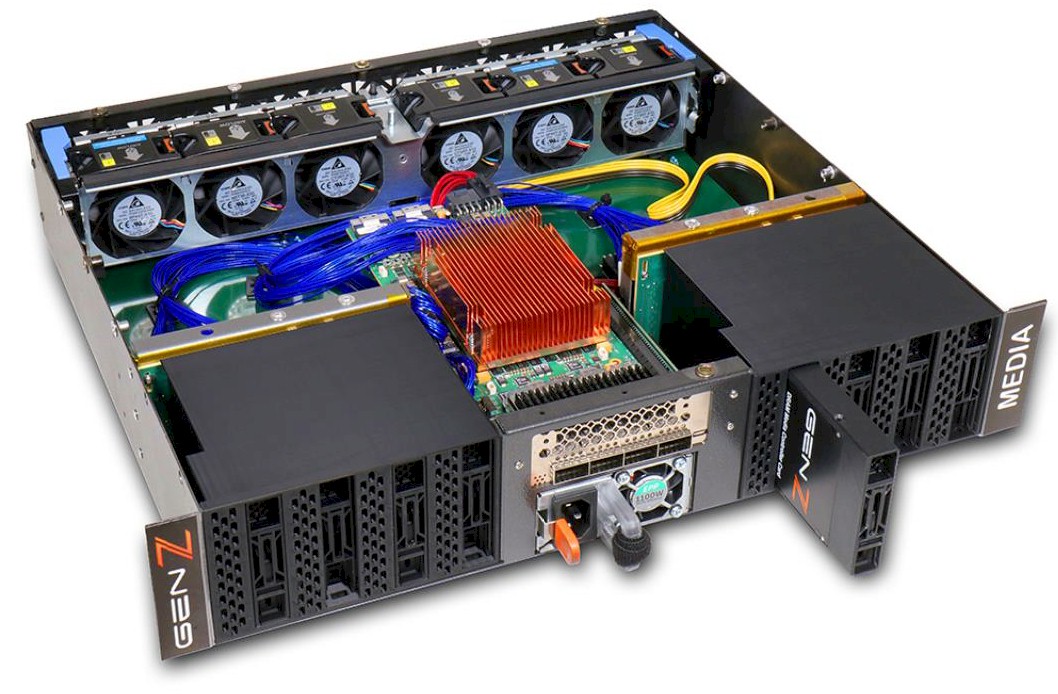Phoronix: AOMP 11.11 Released For LLVM Clang OpenMP Offloading To Radeon GPUs
This week brought the release of AMD's ROCm 3.9 as their open-source compute stack for Radeon GPUs. With ROCm 3.9 the AOMP work for LLVM/Clang-based compiler with OpenMP offload capabilities to Radeon GPUs was integrated. AOMP though is still advancing independently of the ROCm releases with Friday night marking the release of AOMP 11.11...
This week brought the release of AMD's ROCm 3.9 as their open-source compute stack for Radeon GPUs. With ROCm 3.9 the AOMP work for LLVM/Clang-based compiler with OpenMP offload capabilities to Radeon GPUs was integrated. AOMP though is still advancing independently of the ROCm releases with Friday night marking the release of AOMP 11.11...




Comment